Redefining your business to stay competitive
The world of business is changing, so how can you train the most valuable asset of your business? How can you compete and win in today’s rapidly transforming marketplace?
Innovation, customers, business models, customer service, revenue, profit—all of these are undoubtedly crucial for the success of any business, but the most valuable asset is your people.
In my 25 years of entrepreneurial experience, I have seen the worst of it. From the dot com burst in 2000 and the 9/11 attack just a year later, I learned that difficult times come and go. Nevertheless, as leaders, we have the great opportunity not to resist change but to strategically leverage our most important assets to increase their business muscle.
Most of the leaders I speak with agree that managing and training people are the toughest tasks they face. Human beings are complex creatures, and companies fail if they treat their people as nothing more than resources. The day you recognize that people are your source and not just a resource, you have started the first step towards meaningfully and sustainably scaling your business.
Understand what matters to people.
Today in San Francisco, I rarely see people sticking around in a job for more than two years. In early 2000, I was in Portland, Oregon recruiting for companies across America, and the two most common questions I heard from the client was: “How long has she been working on this technology?” or “How stable is he in his current job?” If you ask these questions in today’s world, you would not be able to recruit anyone! Why? Because people are always looking to their next job, and stability is rapidly becoming a thing of the past.
So what is the solution? As with all things, it takes flexibility and an open mind to find the best talent. I have found that the best place for me to recruit is Lyft rides. I always start a conversation, because in that 15- to 30-minute ride, I will learn so much about what really matters to people.
Whether you are in San Francisco or Silicon Wadi or Bengaluru, what matters is recognizing that your people need to be continuously skilled.
Linkedin recently came out with a story called “What skills does the workforce value most?” which revealed the 15 most in-demand soft and hard skills of 2020. Topping this year’s list are creativity, collaboration, persuasion, and emotional intelligence—all skills that demonstrate how we work with others and bring new ideas to the table.
By this point, you may be thinking, “Ok, that sounds great and all, but how do I go about skilling my people?” Well, let me share with you the detailed methodologies we follow at Pepper Square. These methodologies are constantly evolving as we work with more people and evolve with the changing landscape.
Ego, bureaucracy, and ambiguity
The driving force for any skill development is a meritocracy. Otherwise, ambiguity creeps in, bureaucracy takes over, and the egos of the leadership will start climbing to the heights of Mt. Everest.
Bill Gates once said, “Measure what matters.” Measuring skill development can be subjective, but utilizing the principles of meritocracy has removed many hurdles of skill measurement at Pepper Square.
It is a system in which specific responsibilities and accountability are vested to an individual based on talent, ownership, and achievement. With this approach, the critical measurement drivers are performance, productivity, career path, and learning, among many others.
Step 1 – Designing the roles and responsibilities is the most critical component.
Having a high-level of job responsibility will not help measure the outcome. More clarity with measurable results will reduce noise and increase transparency.
Step 2 – Measuring the work based on activity types and effort.
To measure the activity types and effort, you will need a robust and agile software project management and productivity tool. We use Get Things Done, which gives us the following:
1. The number of different activities carried out.
2. The time spent on an activity type.
We map the outcome of the person with the activity type and time spent. This data can show us whether a person is productive or not.
Step 3 – Categorizing the skills
This step captures the skill, sub-skill, definition, meritocracy level (M1), experience, job title, and ratings.
Step 4 – Benchmarking
Benchmarking is the most critical measurement because it goes deeper into roles and responsibilities and breaks them down into core skills based on the experience. It starts with M1 and goes up to M7 (some large organizations may require more than M7). The ratings are measured out of 10, with ten being outstanding.
For example, a UI Developer with 3-5 years of experience must have a minimum of 7 points to be a Senior UI Developer. You can set the numbers based on your own unique business requirements.
Step 5 – Soft skills
The experience economy is always hungry for new ideas and innovation. To take your business to the next level in today’s experience economy, your people are not only expected to be experts in their technical domain but also in four essential criteria: Communication, Organization, Intelligence, and Leadership.
Step 6 – Career path
People are not loyal to their job but to their careers. As a leader, if you want to keep your employees happy, then you have got to guide them on their career paths. Based on their experience and meritocracy level, the benchmark would pull the ratings and show the person’s competency in each skill.
Step 7 – Keeping people happy
These ratings will help the individual to plot their career path. The red line represents the person’s ratings.
Step 8 – Learning Management System
All the above steps are useless if we cannot empower our people to learn continuously. Since knowledge is past and learning is present, it is essential to introduce a structured Learning Management System where all the learning material on each of the skills and sub-skills is available with assessment metrics.
So how do you go about setting up these standards, and how much time does it take? What are the best ways to measure the outcome?
At Pepper Square, we have spent the last 17 years answering these questions. It is a continuous journey that never stops, and we are always upgrading our processes to keep pace with changes in the marketplace.
For an organization of 100 people that partners with Pepper Square, it would take anywhere between 8-12 weeks to implement these processes. During this training period, we will share our learnings and tools as we walk you through the entire implementation. You can certainly do it yourself, but it is going to be a year-long exercise. By partnering with Pepper Square, you can cut the training time in half.
Please share your feedback and also tell us what is missing and can be upgraded from your experience.





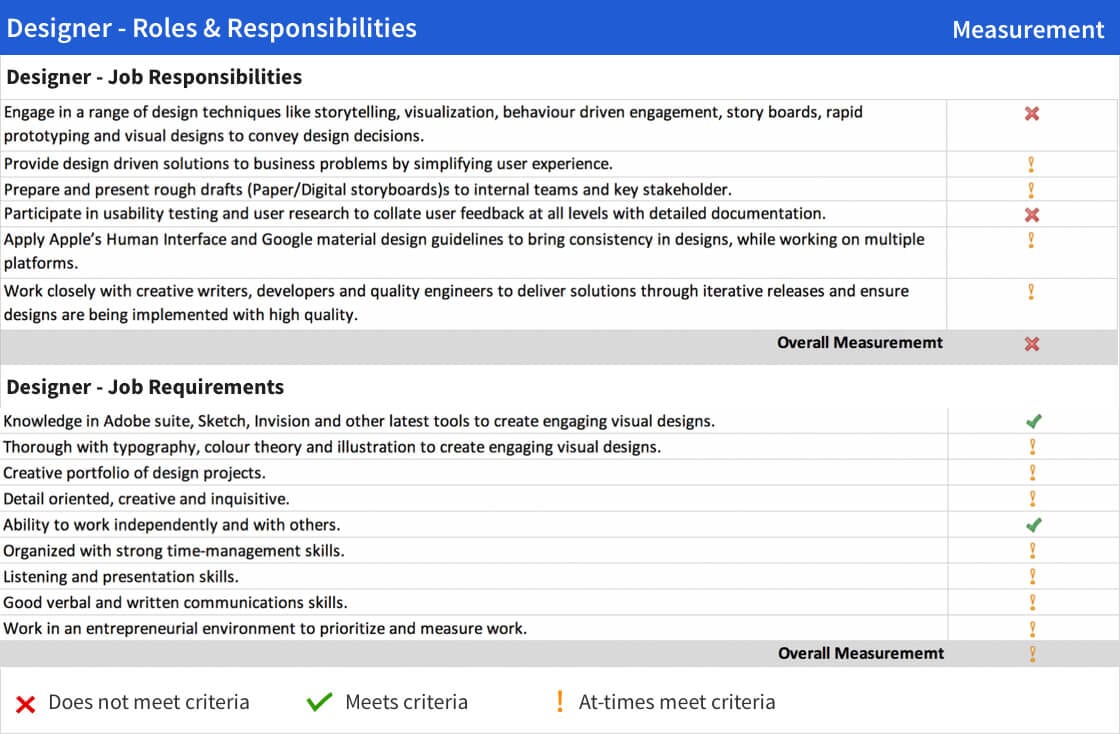

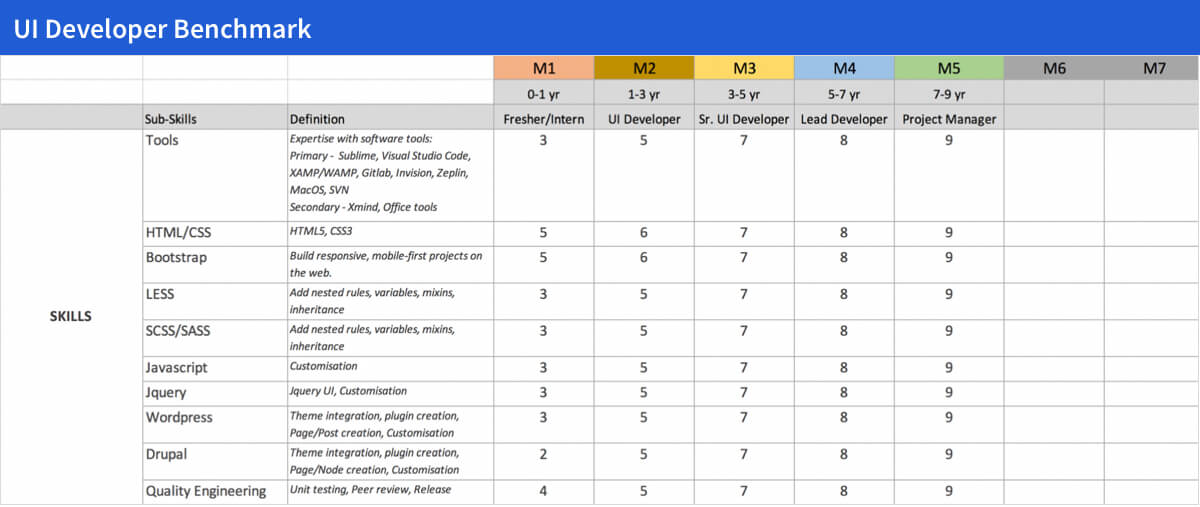

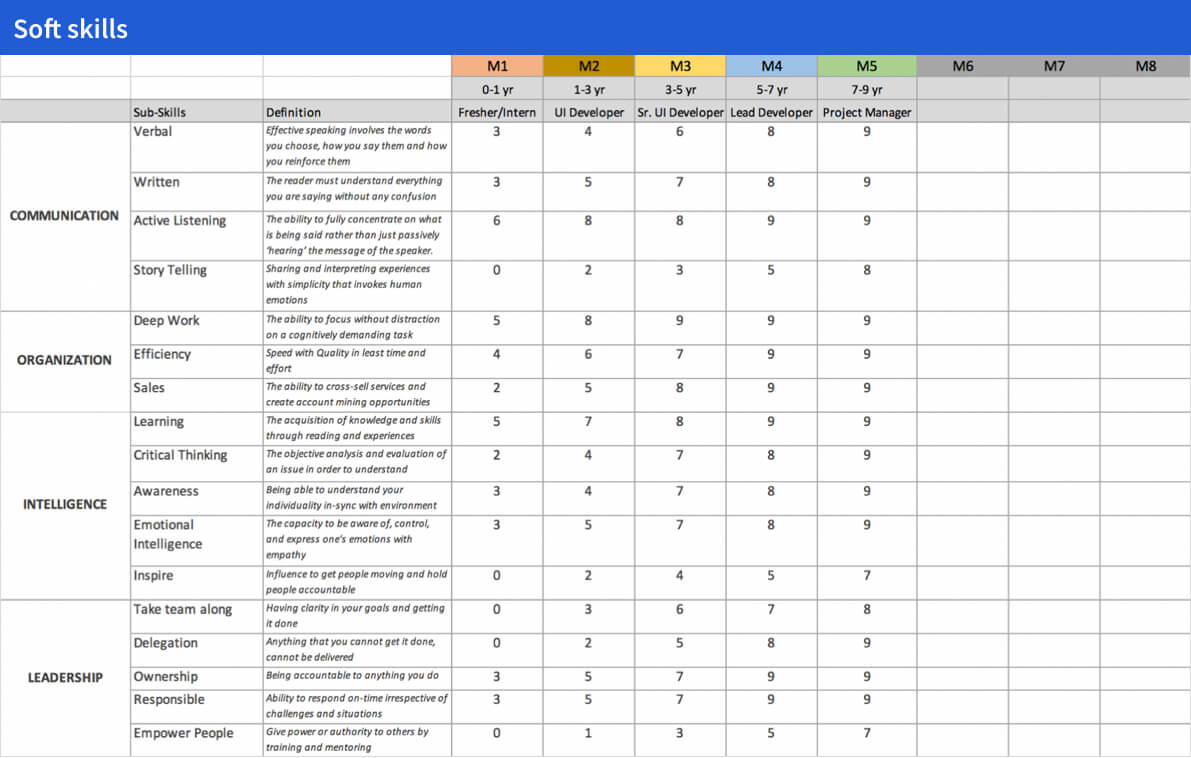

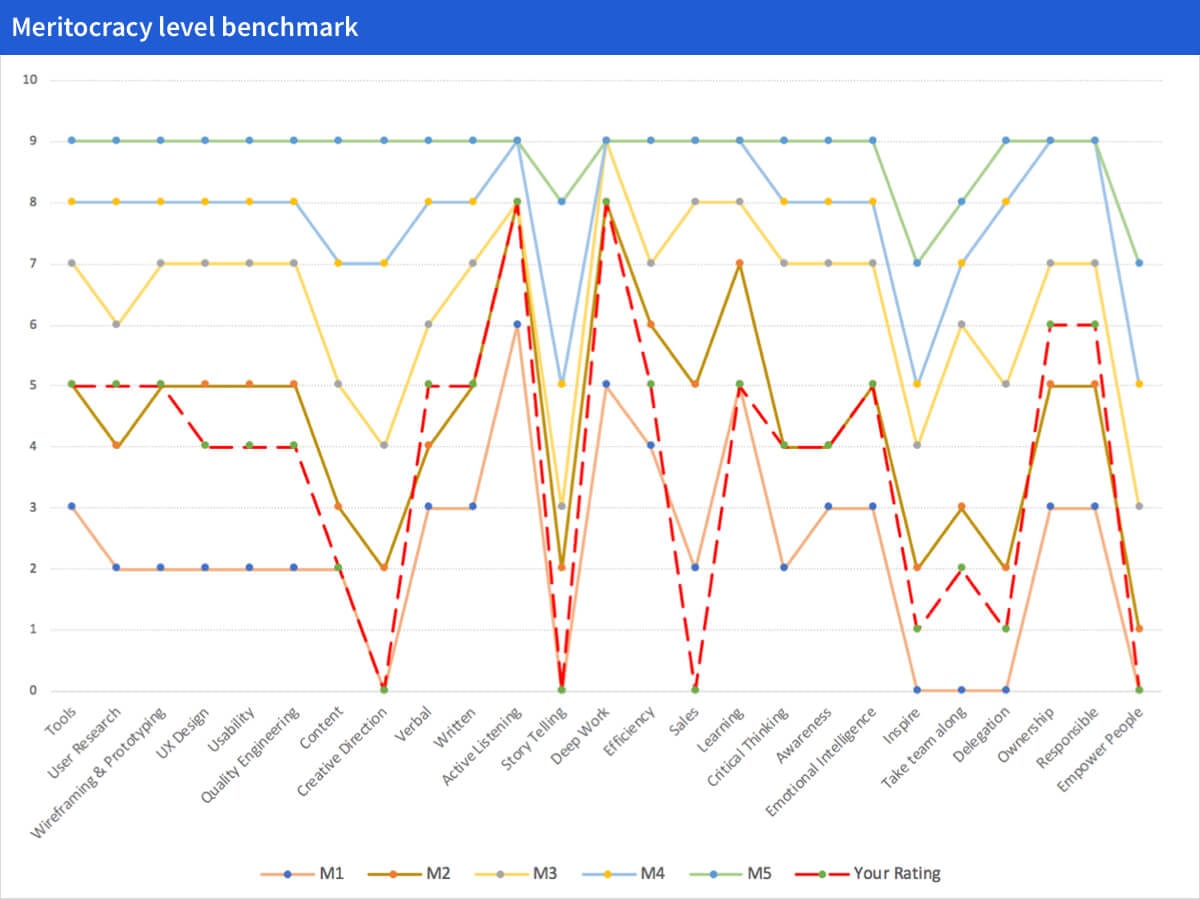
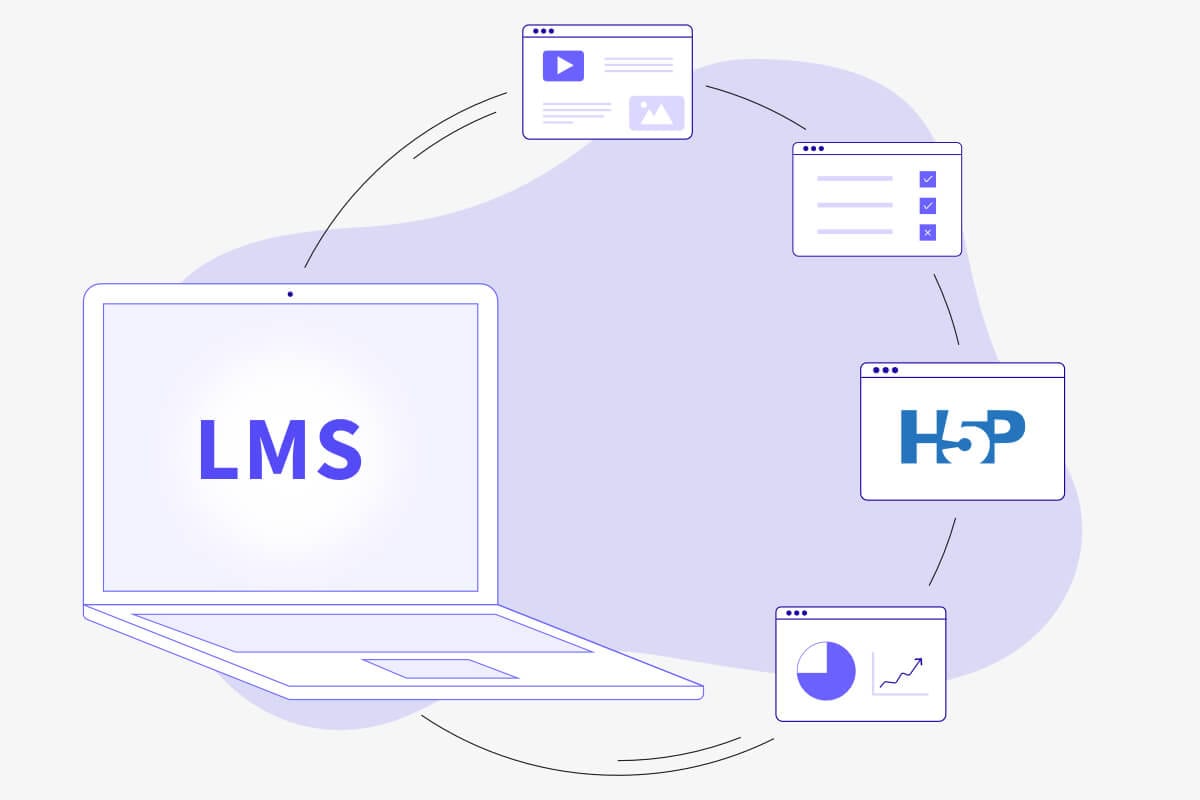




Good website you have got here. It’s hard to find good quality writing like yours nowadays.